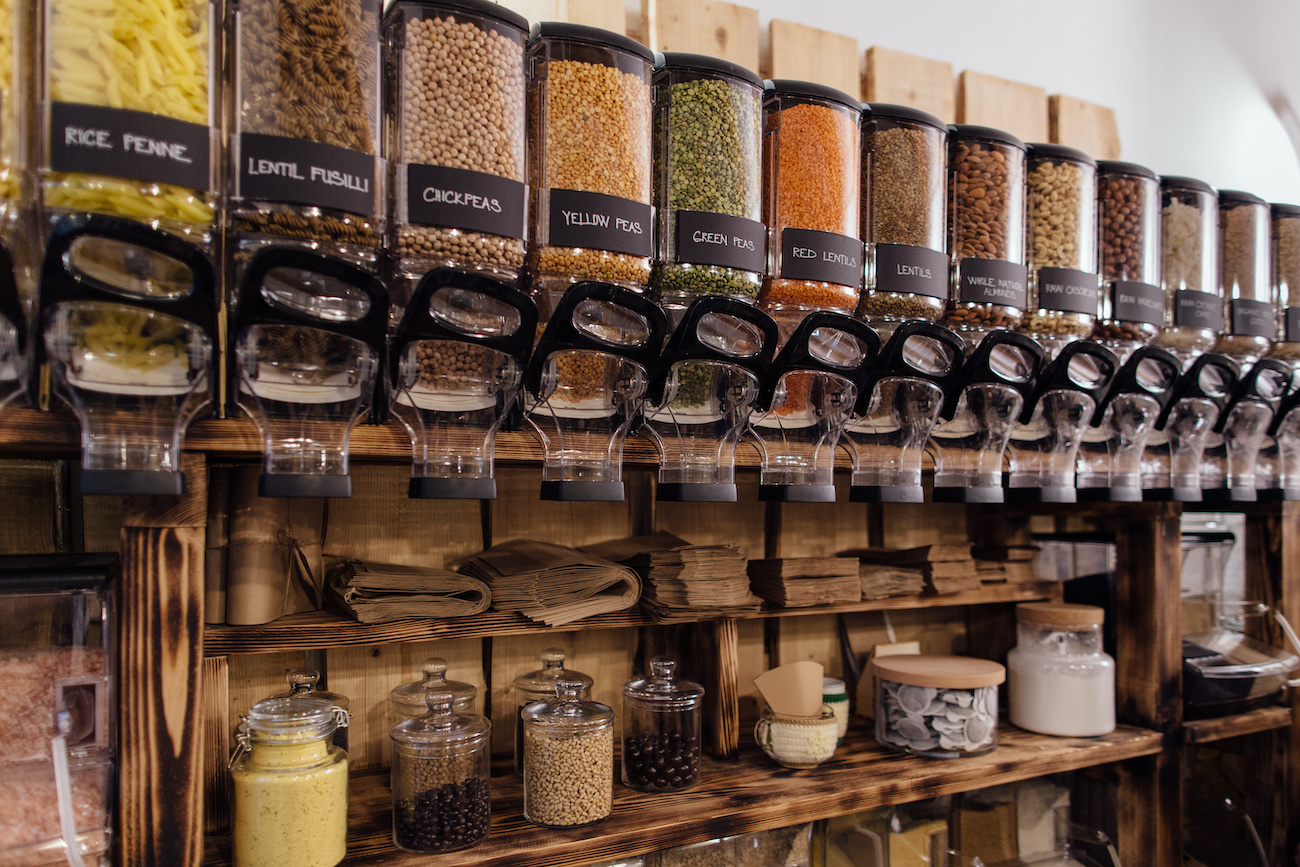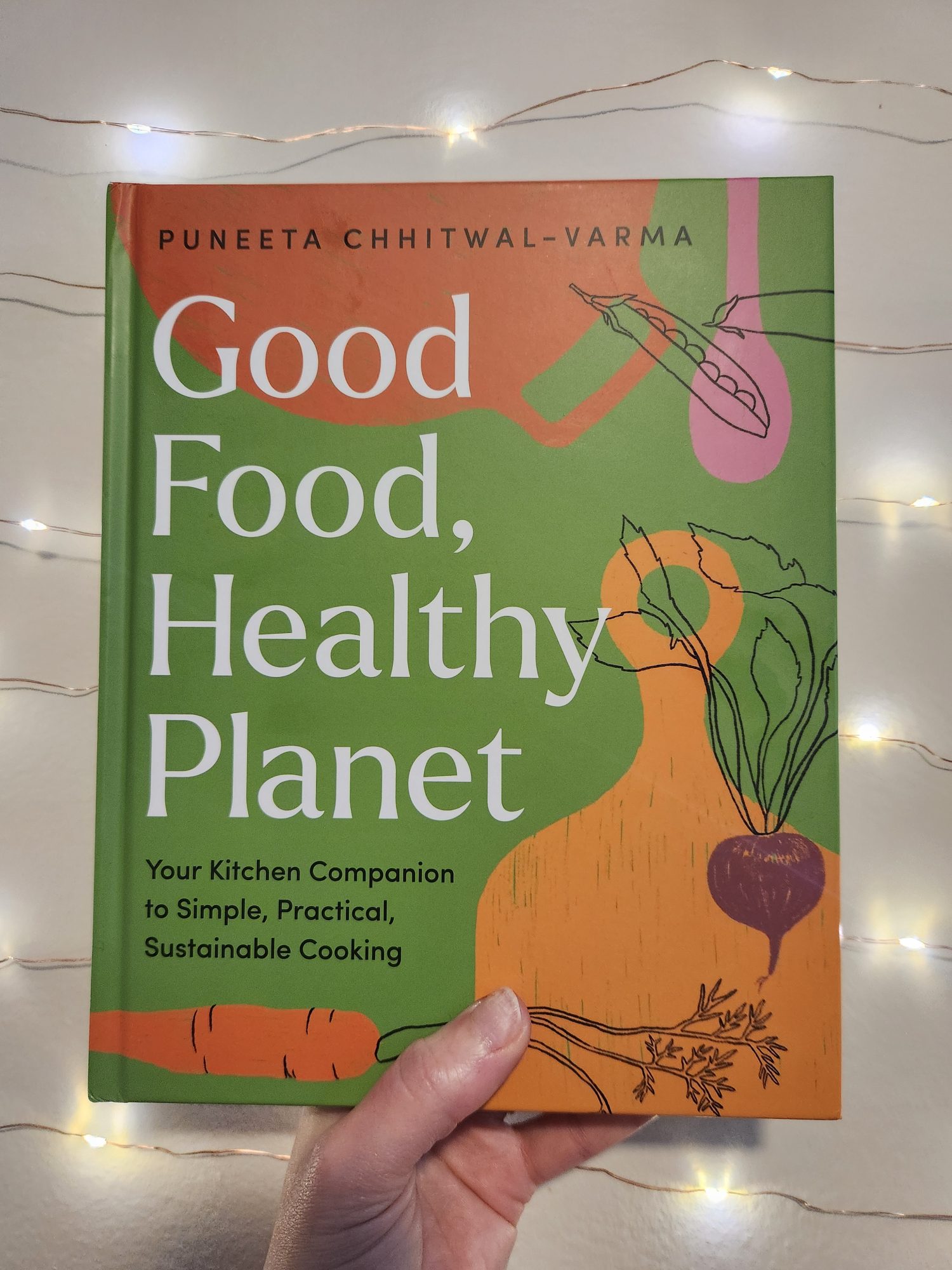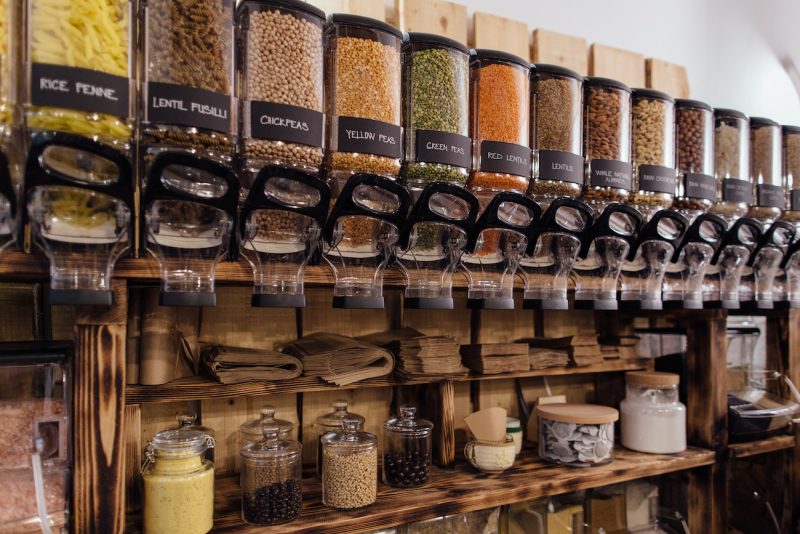Named after Saint Valentine, Valentine’s Day evolved from traditions of Christian and ancient Roman heritage. Typical modern tradition involves giving flowers, cards bestowing affection, and individually wrapped candies. Whether you celebrate Valentine’s, Galentine’s, or Singles Awareness Day, celebrating sustainably is not only possible but can be affordable, too!
With affordability on everyone’s mind these days, many of our tips below have been written to keep your spending at a minimum. In fact, all suggestions below take part in the Canadian-focused circular economy—a way to keep dollars and effort within your local community. Read our tips, working your way down from the most expensive on the list to totally free! Here are our top ideas for how to mindfully demonstrate your affection for those around you.
12. Buy chocolate as locally-sourced as possible
Chocolates have become the standard for Valentine’s Day. The cocoa beans from which chocolate comes from grow in tropical places called “the cocoa belt” such as Equatorial and South America, West Africa, and parts of Asia. Côte d’Ivoire and Ghana produce 50% of the world’s cocoa production, though much of the bounty is ground all around the world into cocoa powder.
While we can’t grow cocoa beans in Canada, if you must have chocolate for yourself or as a gift, choose locally and ethically processed chocolate. Some local options include Canadian brands like Whistler Chocolate in British Columbia or Prana Organic in Quebec.
11. Support your local florist and consider dried flowers
There is a more sustainable option than live cut flowers that often travel long distances to get here, particularly in Canadian winter! Dried flowers take up fewer resources because they are no longer alive. They’re just as beautiful and can last a very long time to be used and displayed again and again. If this is a special Valentine’s Day for you, getting dried flowers for your loved one ensures they can keep the bouquet as a physical lasting memory of the celebration.
10. Buy a card and candles from a local artisan
While farmer’s markets aren’t known for being cheap, much more of your dollar stays within your local community compared to purchasing it online or in-person from a big-box retailer. Weekend markets are a great place to find artisans and small businesses in your community who will be selling their own handcrafted Valentine’s Day cards. Choose cards without glitter or a waxy “sheen” to them so they can ultimately be recycled by your recipient , and look for cards made of “seed paper” that will grow plants when planted!
As for candles, choosing to purchase locally-produced candles can limit your exposure to potentially harmful ingredients from imported products. Look for candles made with more sustainable ingredients, such as soy wax or beeswax, over paraffin.
9. Give the gift of an experience
Have you ever tried an escape room or wanted to try a new board game? Check out local opportunities to have some fun without having to buy a product, like laser tag, an arcade, an escape room, board game café, a movie, indoor rock climbing or volleyball—the options are limitless!
8. Take your date out to a restaurant with plant-based options
Supporting local businesses has never been more important. See if your city or town has a local vegan restaurant you can support. Our personal favourite is Fresh, a chain with multiple locations in Toronto. If there is no vegan restaurant to be found, consider ordering a vegetarian meal together at your favourite place. Consider if the restaurant follows circular practices. Does it compost leftovers? Does it only offer single-use plastics when asked? Does it use cloth napkins? If so, this is an extra good choice!
7. Restock on essentials from local refilleries
Why not try a new scented handsoap or a romantic bath bomb made in-house? Support your local bulk refillery store by filling your own containers with bulk goods like snacks, soaps, and more. Why not look for a Valentine’s Day gift basket of refillable goodies to give to your loved ones?

6. Make chocolate at home with cocoa powder or cocoa butter
If you have time on your hands but are strapped for cash or simply enjoy the thrill of baking, try your hand at making chocolate from scratch in your kitchen. You may already have ingredients on hand in your pantry, so “shop” there first before going to purchase more ingredients. Check out Healthy Recipes’ Homemade Chocolate recipe using just coconut oil, cocoa powder, honey, and unsalted nuts, or this vegan recipe by Broke Bank Vegan to amp up the carbon savings. You can even get a unique tin from a second-hand store to make them feel extra special!
Bonus: take it one step further and make the chocolate-making process the main event of your date night or pals-night.
5. Find second-hand candles, décor, and build-your-own-adventure-equipment
Did you know there are lots of candles and other Valentine’s décor at your local thrift store? You can also search online places like Facebook Marketplace, Karrot, Kijiji, Lend-it.ca, and Le Partage Club to find décor and activity equipment like skis, snowboards, binoculars, and more to have your own Valentine’s adventure at a fraction of the cost of buying new equipment. Why not set up a paint night and find art materials second-hand? Or plan a nature walk in the pristine snow with a set of borrowed binoculars? The options are endless.
4. Get crafty – upcycle your own card
Do you have used cards lying around that are waiting to eventually be recycled? Why not make a new card with old materials by getting creative? Follow this YouTube tutorial by MTL Kreations for inspiration on how to repurpose cards into “new” ones. Avoid using new glitter and materials that cannot be eventually recycled, though prioritize using up glittery sections of old cards to give them a new life!
3. Plan an at-home view party of an inspirational and informative documentary
Why not watch a movie from the comfort of your home with your loved ones as part of your evening plans? Better yet, instead of watching a romcom, take the opportunity to learn about our waste problem or appreciate nature.
Here are our top picks:
- “This Film is Garbage!” (2024):Stream it on TVO here. By Canadian film (and our friend!) producer Take Action Films, this film is a follow-up to the 18-year-old documentary, “Garbage! The Revolution Starts At home.”
- “Buy Now! The Shopping Conspiracy” (2024): available to stream on Netflix.
- “Just Eat It” (2014): Stream it for free (Canada only) through British Columbia’s Knowledge Network here.
- “Beyond Climate” (2016): Narrated by David Suzuki, this short film focuses on British Columbia and sheds light on climate change, natural gas usage, and Indigenous stories and experiences. Watch it on YouTube for free and read the article about the documentary.
- “The Clean Bin Project” (2010), for rent through Apple TV, features a Vancouver couple competing to buy the least things and produce the least garbage.

2. Plan a mend-along as your main event
Nothing says “I love your company” like learning how to fix things together. Mend jackets, darn sock holes, and iron-on fun patches over worn-out areas of jeans and shirts. Try your hand at Sashiko mending, a style of stitching that takes patience—and looks incredible! For inspiration, watch ABC Australia’s video, Visible mending video to learn the foundations. If you feel like a challenge is in order, check out Guelph-based Worth Mending’s latest tutorial on how to mend a heart-shaped patch over a hole in a sweater using their handmade-in-Canada darning looms. If money is tight, try recreating the patch with just a darning needle and yarn, freestyle—no mend is incorrect or better than another!
1. Cook a Low-Waste, Sustainable Meal for Your Date/Gathering
The stomach is usually the key to someone’s heart, especially if the shared meal is tasty, healthy, and good for the planet.
Recently, we had the pleasure of discovering a new cookbook, Good Food, Healthy Planet by Canadian Author and Sustainability Expert, Puneeta Chhitwal-Varma. In her debut book, Chhitwal-Varma expands on the notion of “good food” and how choosing diverse foods, eating less meat and more legumes, reducing what we throw away and shopping local to truly think global can help us all lead a more resilient and climate-conscious lifestyle. In this book, she teaches people how to adopt kitchen practices that use what is available, repurpose what’s possible and cook in a way that’s good for us and for the planet too. Puneeta’s debut cookbook was recognized as a Globe and Mail and National Post Best Cookbook of 2024. It’s available everywhere books are sold.
Why not try Puneeta’s No-Waste Corn and Barley-sotto (page 193) or brighten up these cold, vegetation-free days with Any Greens Saag Paneer (page 187)?

If you tried any of these tips, be sure to tag us online with a picture and the hashtag #CircularEconomyMonth!
